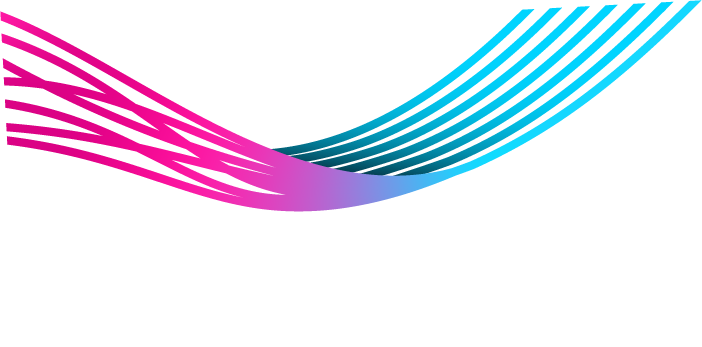Data Science is a broad interdisciplinary field that lies at the intersection of statistics, machine learning, computer science, and a wide range of application domains. The goal of Data Science is to develop methods and algorithms that can extract knowledge and insights from (huge amounts of) structured and unstructured data.
The Data Science program at TeIAS offers strong preparation in statistical modeling, optimization, machine learning, and efficient algorithm design for management and analysis of massive data.
Recent Publications
With the growing scale of big datasets, fitting novel statistical models on larger-than-memory datasets becomes correspondingly challenging. This document outlines the development and use of an API for large scale modelling, with a demonstration given by the proof of concept platform large-scale, developed specifically for the development of statistical models for big datasets.
Keywords: big data, distributed computing, modelling
JEL Classification: G21, G28, O13, Q14, Q54
Using Iran’s unexpected flood in April 2019 as a natural experiment, we show that local branches bridge the time gap between the disaster and governmental aids by immediately increasing their lending for two months following the flood. Analyzing proprietary information on more than 53,000 farmers, we find that farmers with a stronger relationship with their branch - particularly younger and females - are more likely to receive a recovery loan. Our findings underscore that despite recent technological advancements, relationship-based branch banking is still important for agrarian societies during catastrophic events.
Keywords: Bank branch, Relationship lending, Climate change, Agricultural loans
JEL Classification: G21, G28, O13, Q14, Q54
Using Iran’s unexpected flood in April 2019 as a natural experiment, we show that local branches bridge the time gap between the disaster and governmental aids by immediately increasing their lending for two months following the flood. Analyzing proprietary information on more than 53,000 farmers, we find that farmers with a stronger relationship with their branch - particularly younger and females - are more likely to receive a recovery loan. Our findings underscore that despite recent technological advancements, relationship-based branch banking is still important for agrarian societies during catastrophic events.
Keywords: Bank branch, Relationship lending, Climate change, Agricultural loans
JEL Classification: G21, G28, O13, Q14, Q54
Using Iran’s unexpected flood in April 2019 as a natural experiment, we show that local branches bridge the time gap between the disaster and governmental aids by immediately increasing their lending for two months following the flood. Analyzing proprietary information on more than 53,000 farmers, we find that farmers with a stronger relationship with their branch - particularly younger and females - are more likely to receive a recovery loan. Our findings underscore that despite recent technological advancements, relationship-based branch banking is still important for agrarian societies during catastrophic events.
Keywords: Bank branch, Relationship lending, Climate change, Agricultural loans
JEL Classification: G21, G28, O13, Q14, Q54
Using Iran’s unexpected flood in April 2019 as a natural experiment, we show that local branches bridge the time gap between the disaster and governmental aids by immediately increasing their lending for two months following the flood. Analyzing proprietary information on more than 53,000 farmers, we find that farmers with a stronger relationship with their branch - particularly younger and females - are more likely to receive a recovery loan. Our findings underscore that despite recent technological advancements, relationship-based branch banking is still important for agrarian societies during catastrophic events.
Keywords: Bank branch, Relationship lending, Climate change, Agricultural loans
JEL Classification: G21, G28, O13, Q14, Q54
Using Iran’s unexpected flood in April 2019 as a natural experiment, we show that local branches bridge the time gap between the disaster and governmental aids by immediately increasing their lending for two months following the flood. Analyzing proprietary information on more than 53,000 farmers, we find that farmers with a stronger relationship with their branch - particularly younger and females - are more likely to receive a recovery loan. Our findings underscore that despite recent technological advancements, relationship-based branch banking is still important for agrarian societies during catastrophic events.
Keywords: Bank branch, Relationship lending, Climate change, Agricultural loans
JEL Classification: G21, G28, O13, Q14, Q54
The Data Science Program at TEIAS Offers:

The program benefits from full-time faculty members who are leading researchers in the areas of applied mathematics, computer engineering and artificial intelligence.

In addition to having tuition fees waived, students will receive a monthly financial support to be able to pursue research without the need to resort to extra activities outside university

Full financial support will be provided for students to present their research outputs in reputable international conferences.

Students will be supervised by leading researchers who are active in various areas, opening room for a wide range of attractive research problems.

Unique GPU servers provide the necessary means for carrying out large-scale data processing and deep learning experiments.

There is a growing demand for data scientists and researchers. Upon graduation, students will have the opportunity to pursue a career in academia or industry.

Amin (Aminzadeh) Gohari (on leave)
PhD from University of California, Berkeley

PhD from EPFL University

PhD from Sapienza University

PhD from Sharif University of Technology

PhD from Sharif University of Technology

PhD from Virginia Polytechnic Institute and State University
Similarly to other Computer Engineering Master’s degrees in Iran, the total number of units in the Data Science program is 32:
Core Courses:
Example Elective Courses:
Admission to the program is highly selective; there are many more qualified applicants than there are places in the program. One of the following qualifications is necessary for your application to be processed:
